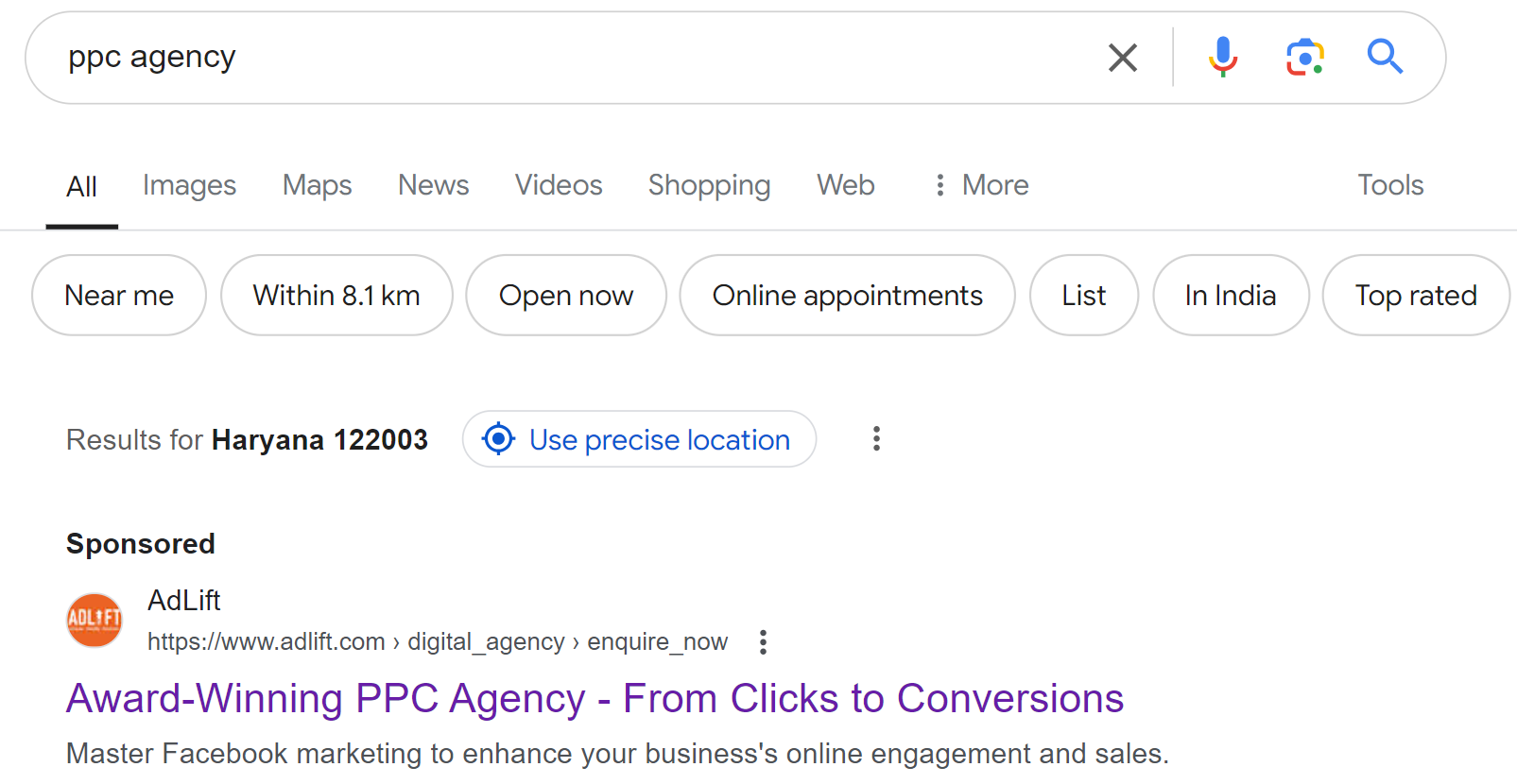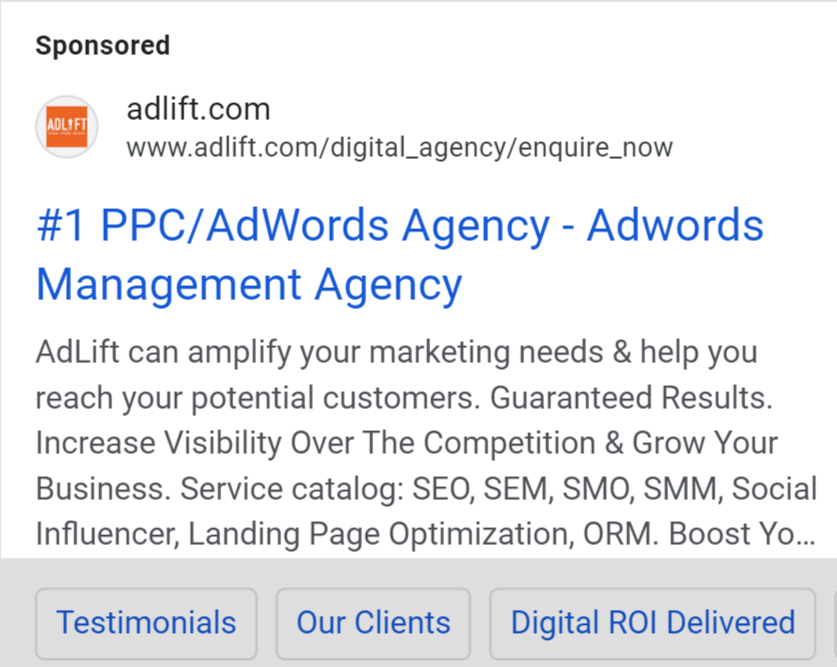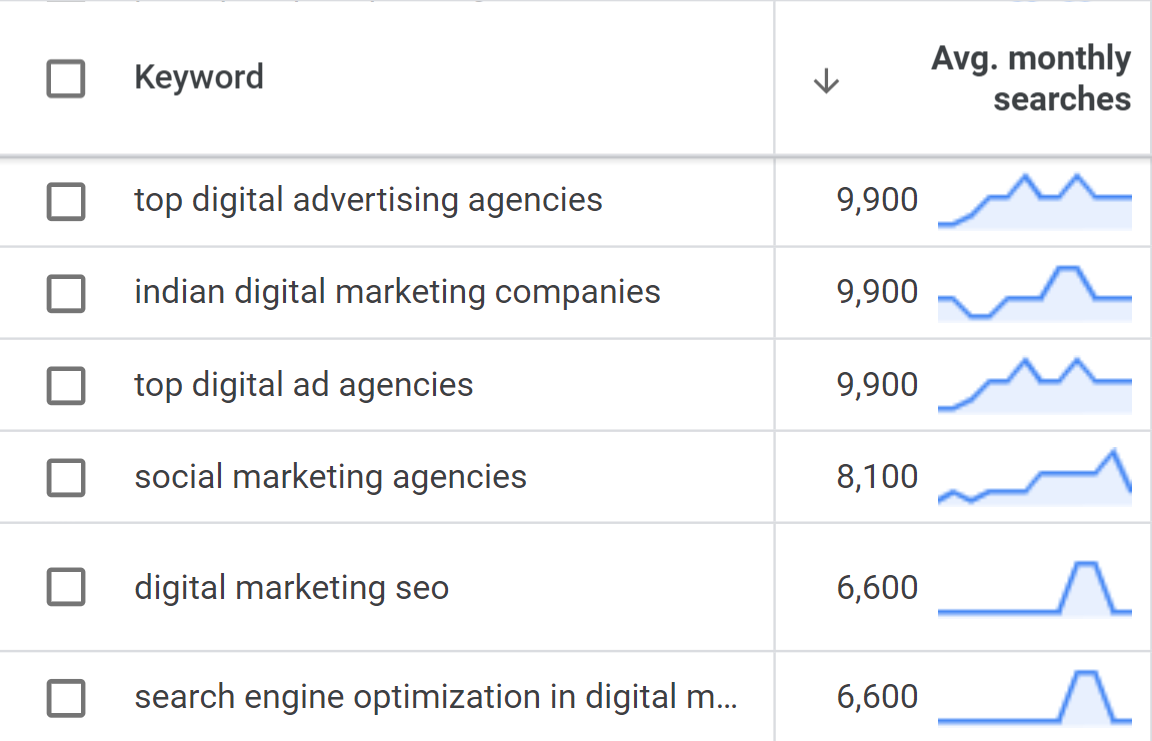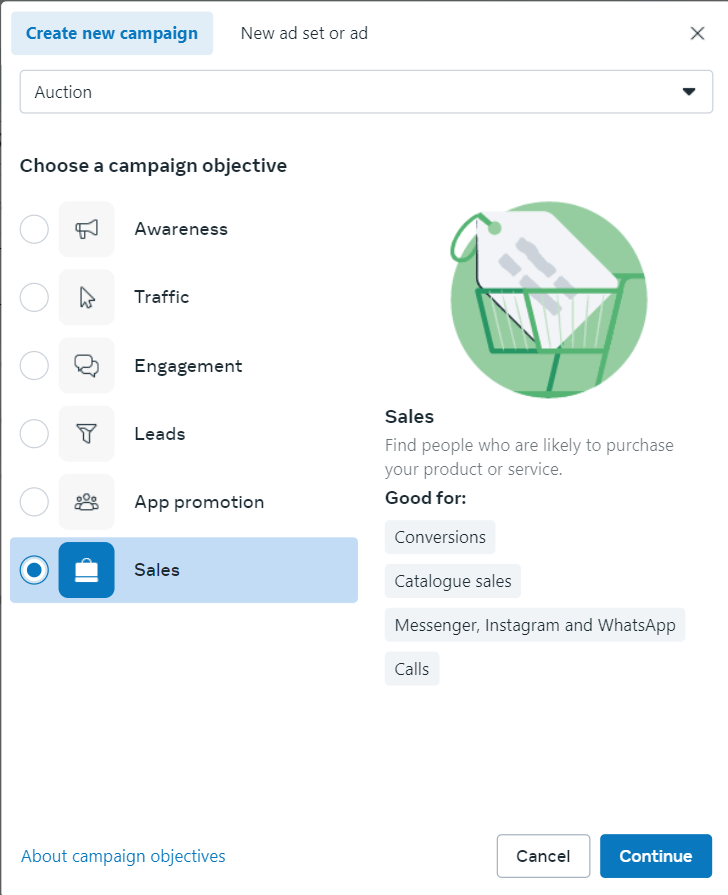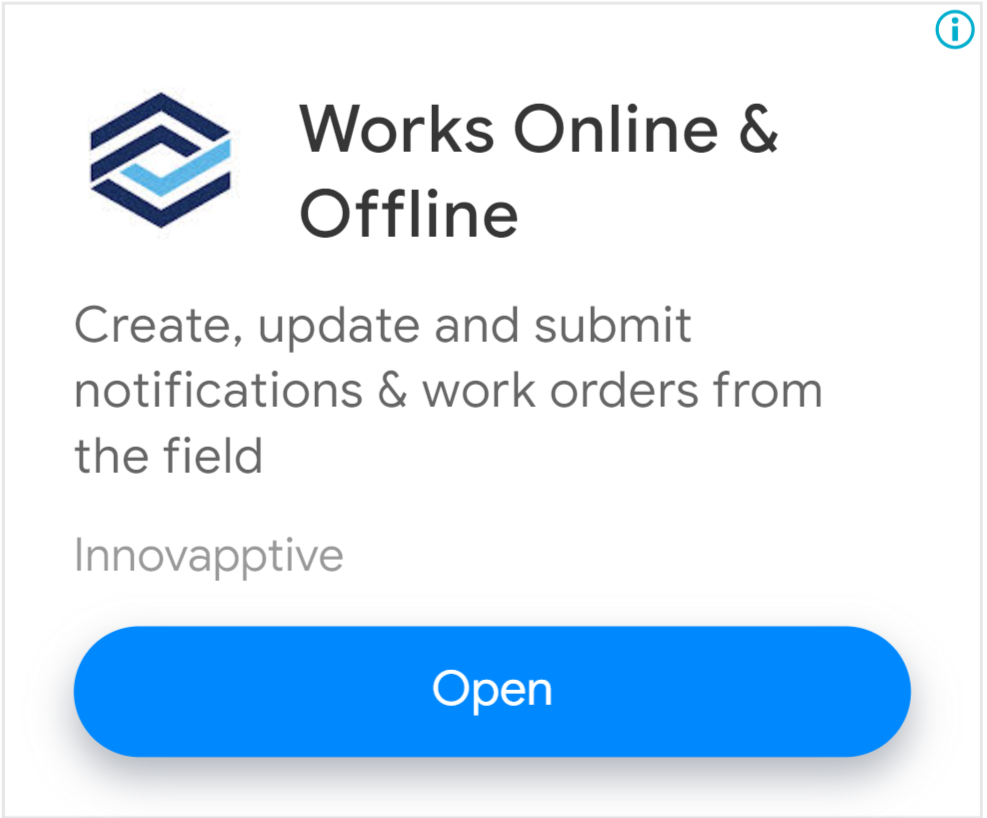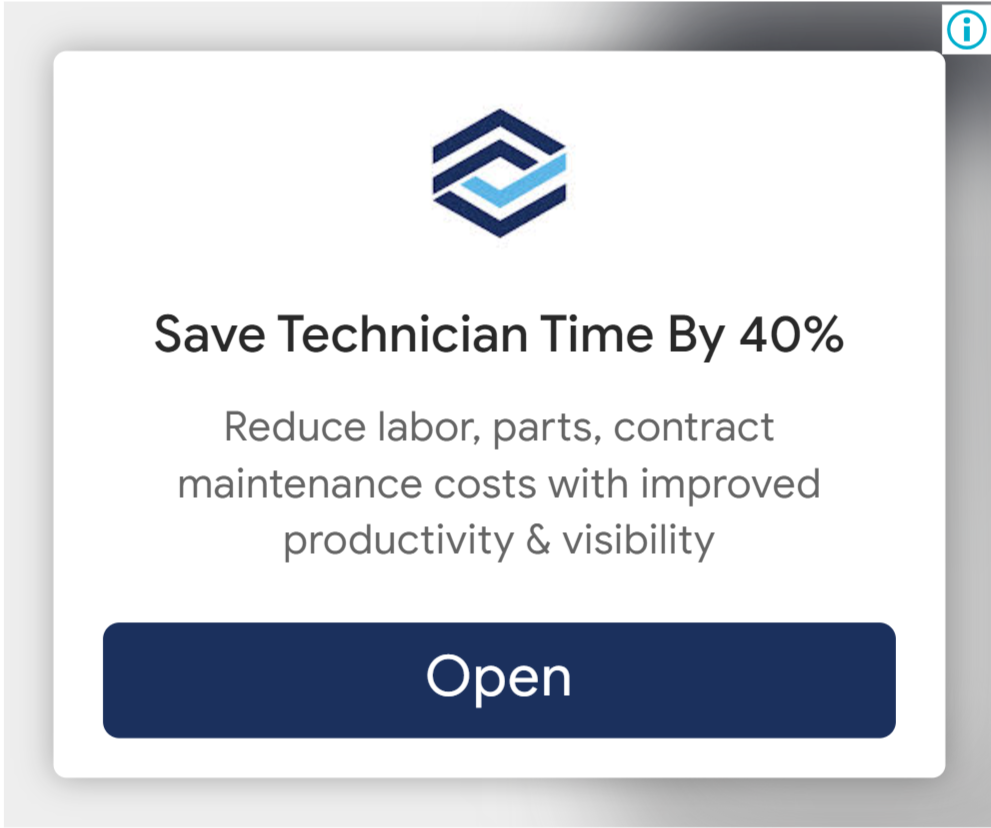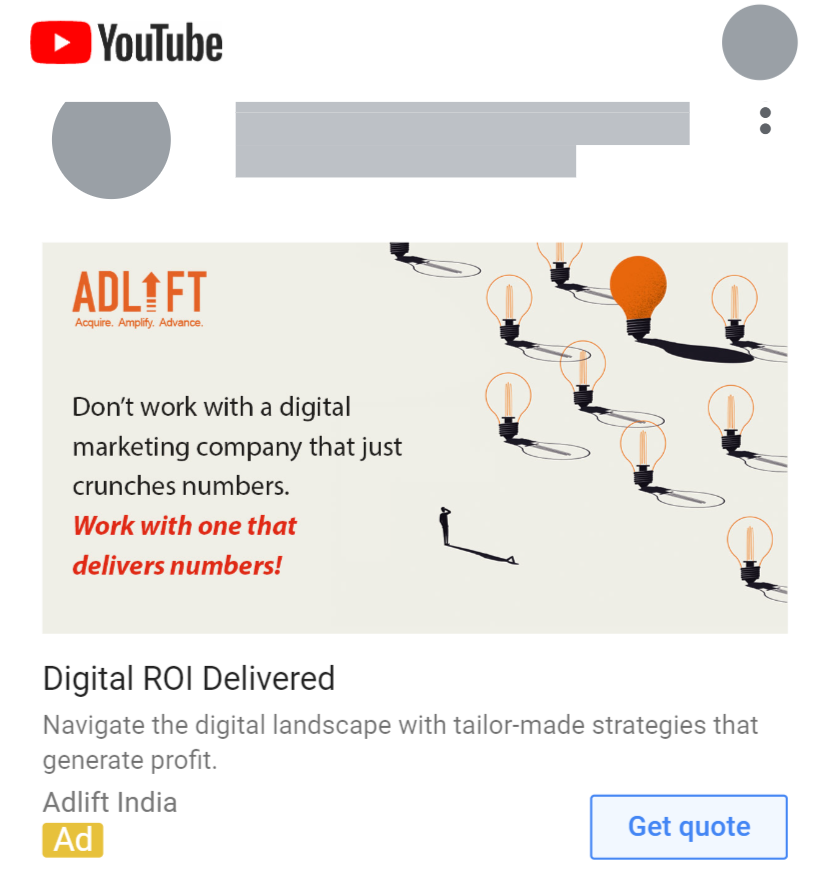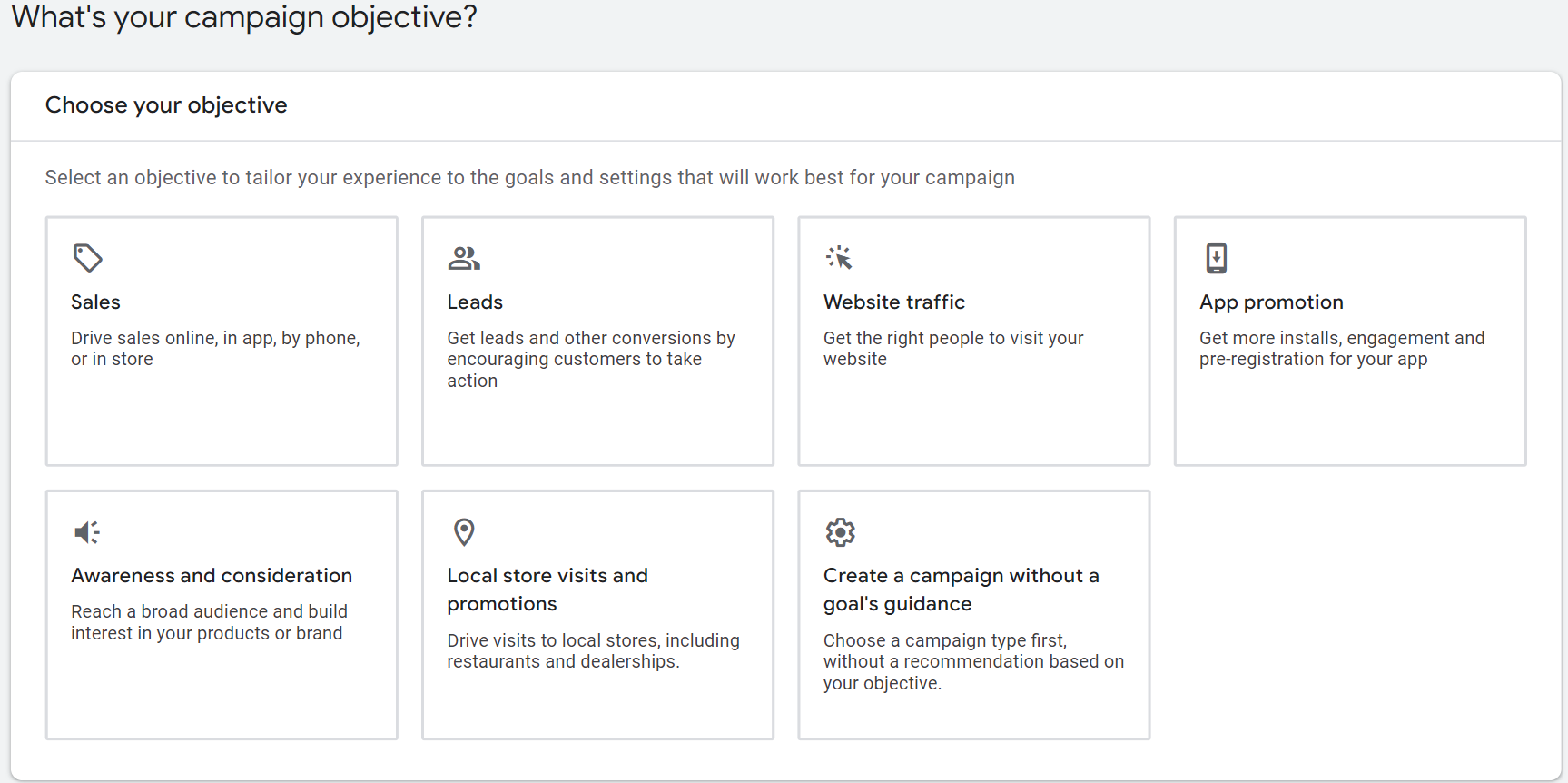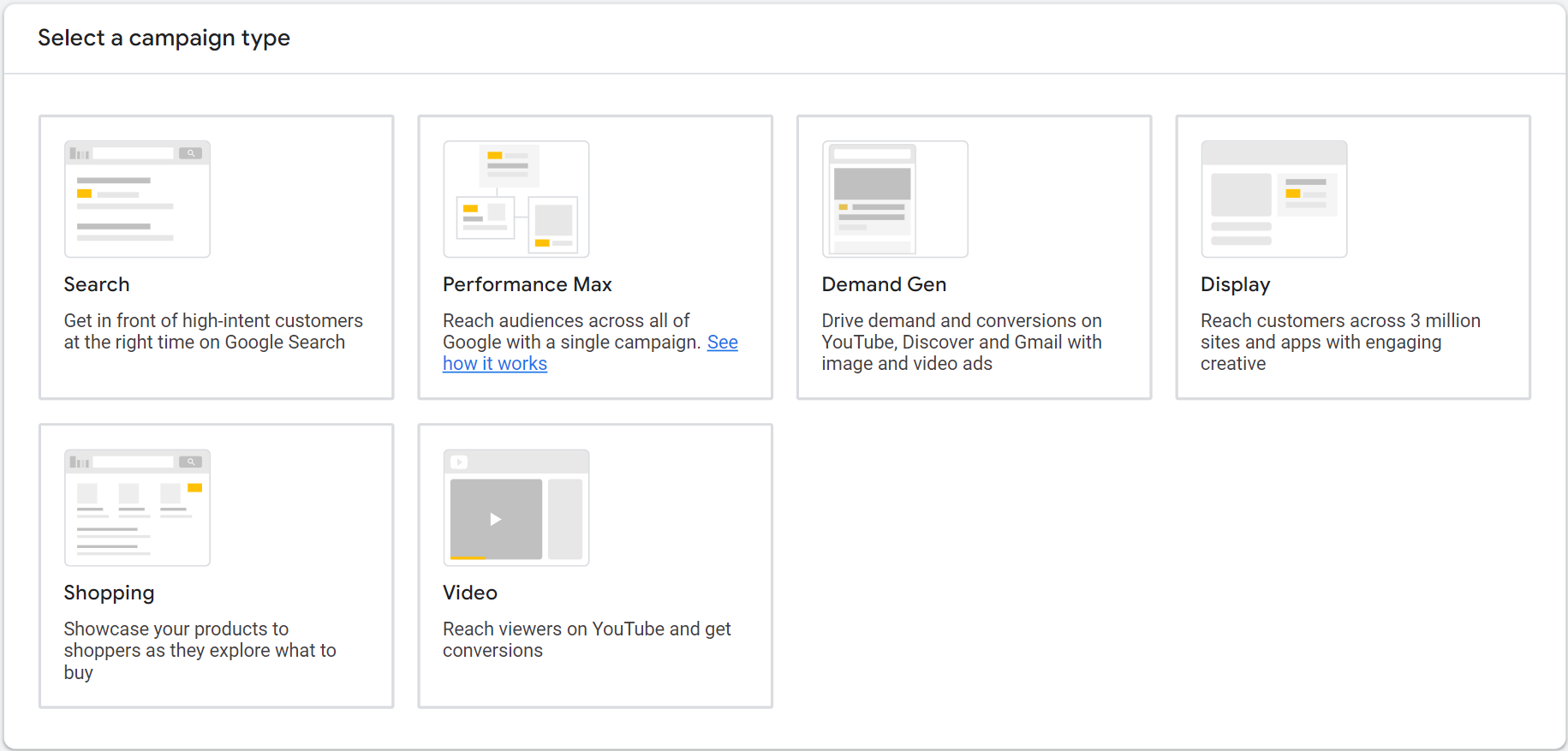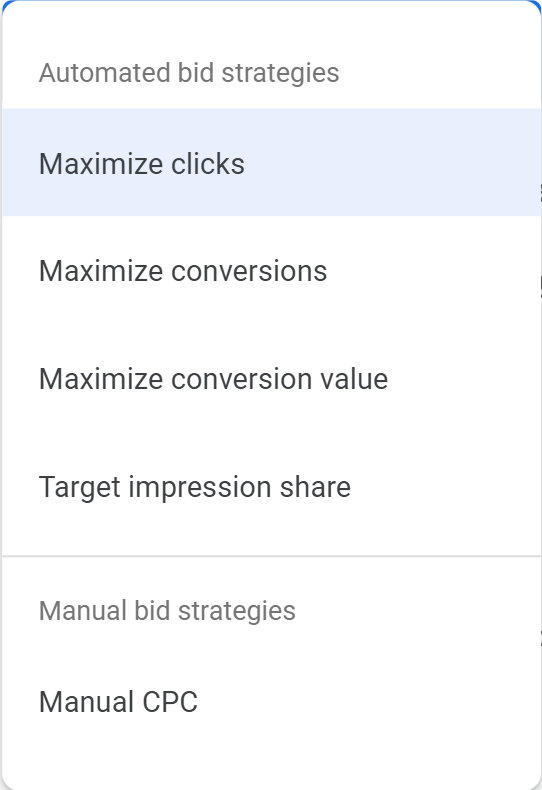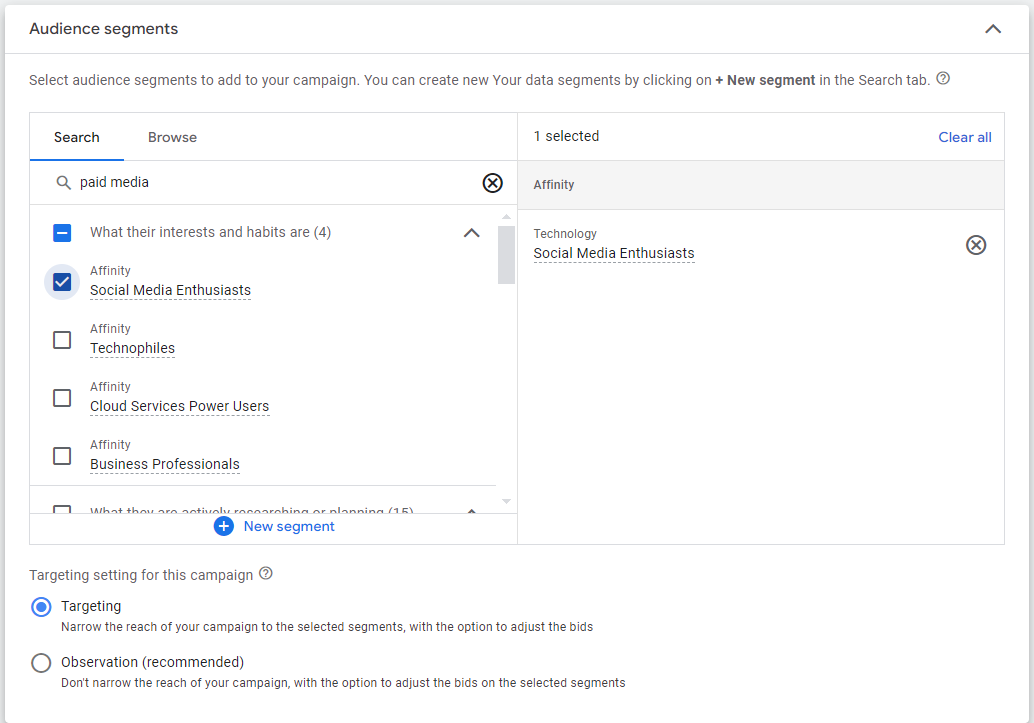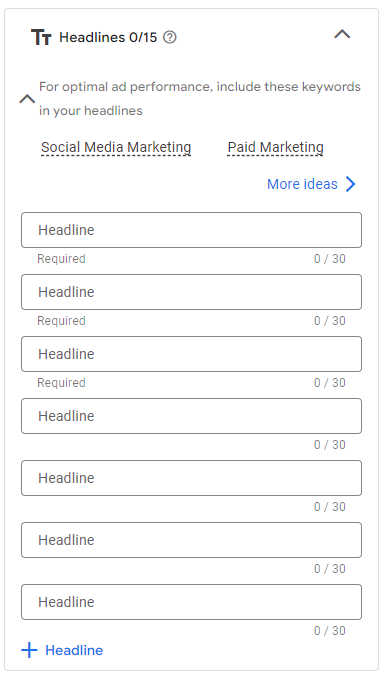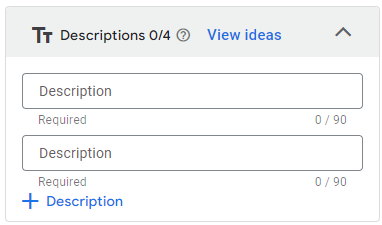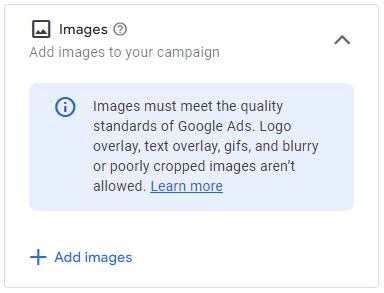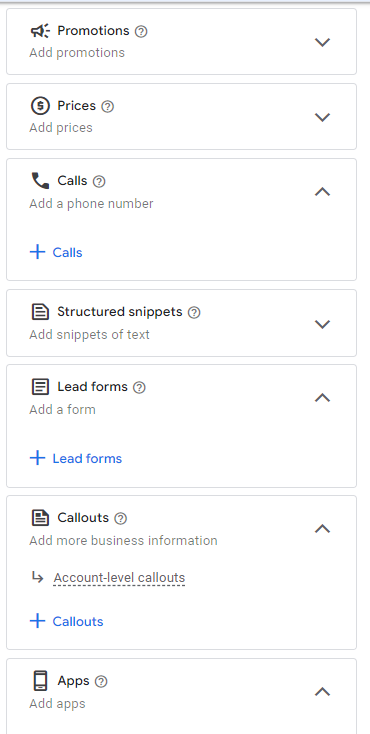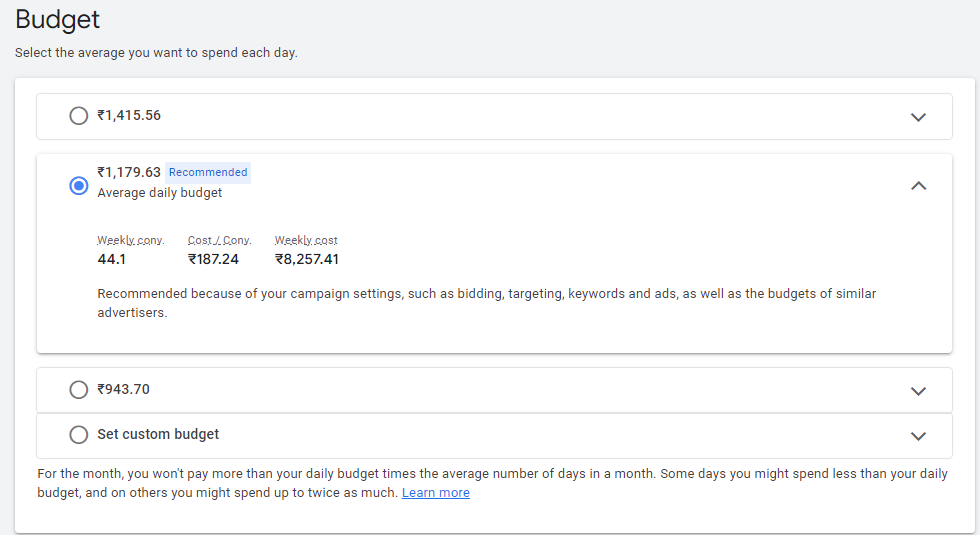Mastering Digital Advertising: Tips for Maximum Impact
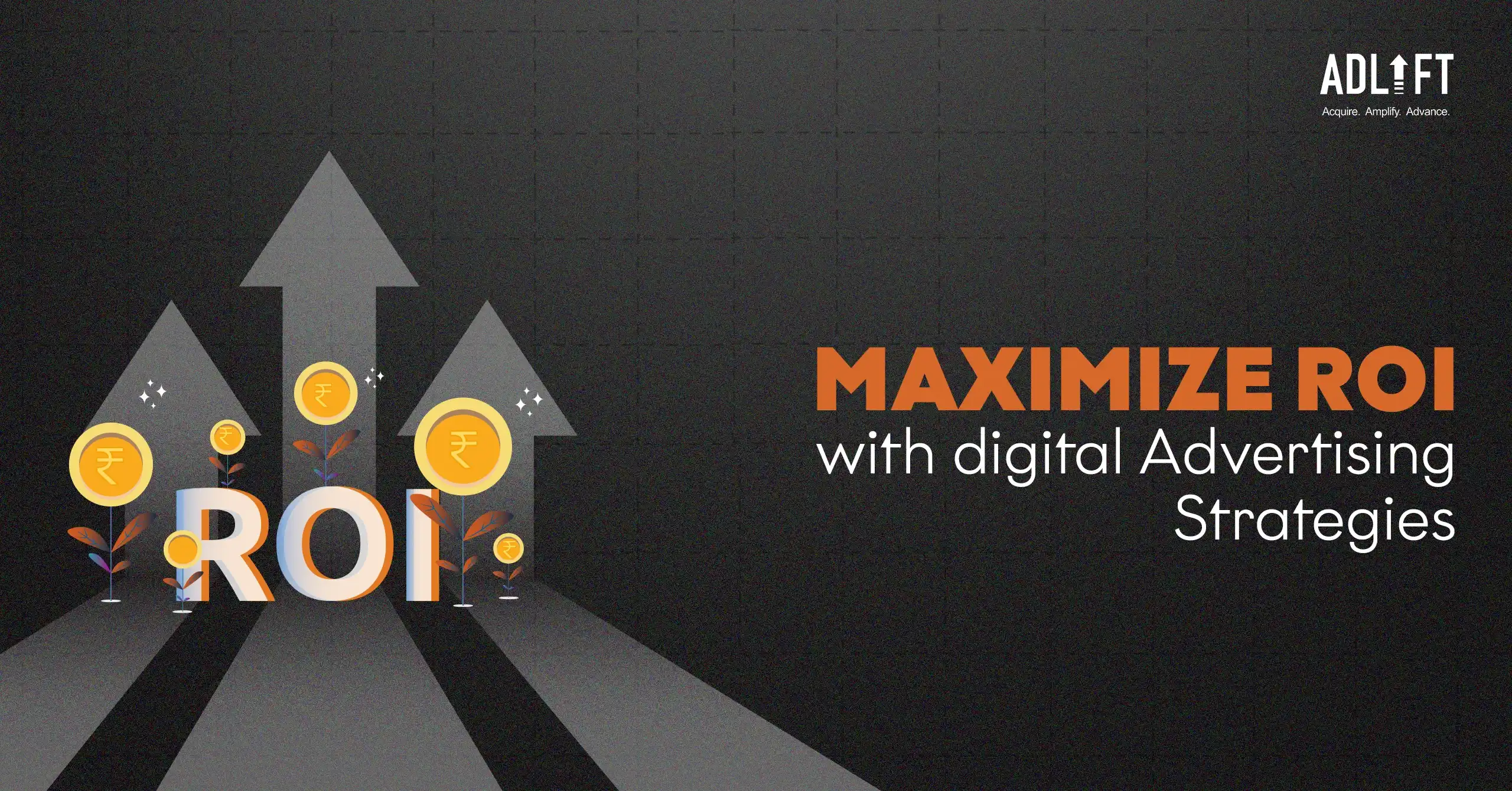
Today, businesses can no longer rely solely on traditional marketing methods to reach their audience. With consumers spending more time online than ever before, brands are turning to digital ads to capture attention, drive engagement, and ultimately boost sales.
While scrolling through social media, watching a YouTube video, or reading an article online, you must have encountered a digital marketing ad that resonated with you at least once. That’s why every brand, regardless of its size, should opt for digital marketing ads.
A well-optimized digital ad broadens your reach and drives significant traffic and sales. However, how do consumers really feel about digital ads? Interestingly, shoppers today are more open to this mode of advertising than ever before. In fact, around 26% of online shoppers are likely to complete their purchase after seeing a retargeted ad. Brands like Flipkart and Amazon have mastered the art of advertising digital marketing.
They seamlessly integrate engaging and personalized ads across multiple platforms, resulting in massive returns on investment. This personalization is really appreciated by the consumers. In fact, 66% of them expect the brands they shop from to know their preferences.
What is Digital Advertising?
Digital advertising refers to the process of promoting products, services, or brands through online channels like websites, search engines, and mobile apps. Unlike traditional advertising that uses billboards, magazines, or TV, digital ads leverage the internet to reach specific audiences at the right time. Whether it’s a banner ad on a news website or a video ad before a YouTube clip, digital ads aim to engage users and prompt actions like interaction with the brand or making a purchase.
What makes digital advertising so effective is its ability to target users based on their behavior and interests. For instance, if someone is searching for “best running shoes,” they might see an ad for sneakers on Google or Facebook that perfectly matches their search intent. This kind of precise targeting wasn’t possible with traditional methods.
Digital ads are also highly interactive and versatile. They come in various formats, such as text, image, video, and even audio ads that you might hear while streaming music. These formats can help brands achieve a wide range of marketing goals, from raising brand awareness to driving sales.
Difference Between Traditional Advertising and Digital Advertising
| Aspect | Traditional Advertising | Digital Advertising |
| Definition | Utilizes conventional media like TV, radio, newspapers, and billboards to reach audiences. | Involves online platforms such as social media, websites, and mobile apps. |
| Reach | Primarily local, though can be expanded with significant investment. | Global, allowing businesses to target specific audiences based on geography, interests, and behavior. |
| Cost | Typically more expensive, requiring significant investment for broad reach (e.g., TV ads, billboards). | Generally less expensive, with flexible budgeting options (e.g., PPC campaigns, social media ads). |
| Targeting Capabilities | Broad, reaching a general audience without much personalization. | Highly targeted, allowing advertisers to reach specific demographics and behavioral segments. |
| Interaction | One-way communication; limited interaction between the brand and consumers. | Two-way communication; allows for direct interaction with consumers through comments, shares, and feedback. |
| Results Tracking | Hard to measure accurately, relying on indirect metrics like circulation or audience reach. | Real-time tracking and measurement through analytics tools, allowing advertisers to adjust strategies immediately. |
| Conversion Rate | Lower conversion rates due to broader, less targeted audiences. | Higher conversion rates due to precise targeting and the ability to engage audiences directly. |
| Adaptability | Less adaptable; changing an ad campaign requires significant time and cost. | Highly adaptable; campaigns can be adjusted quickly based on performance metrics. |
| Consumer Behavior | Relies on passive engagement; audiences are exposed to ads during activities (e.g., watching TV or reading newspapers). | Engages active audiences who seek information, research products, or engage with content online. |
| Personalization | Limited personalization; ads are generic and cater to a broad audience. | High level of personalization, allowing dynamic content delivery tailored to the user’s interests. |
Why Should Your Business Invest in Digital Ads?
Investing in digital ads is one of the smartest decisions a business can make today. The way consumers interact with a brand has changed, and digital advertising allows businesses to meet potential customers where they are—on their phones, laptops, and other devices. Let’s break down why digital ads should be a key part of your business strategy.
Interactive Ad Formats
One significant advantage of digital ads is the variety of interactive ad formats available. These formats allow businesses to engage with consumers in a much more dynamic way than traditional ads. Interactive ads can range from quizzes and polls to shoppable posts or videos that let users click through to product pages.
For example, Facebook and Instagram offer carousel ads where online users can swipe through multiple images or products within one ad. This allows businesses to showcase more offerings or features in a single interactive experience. These kinds of experiences create a seamless journey from discovery to conversion, which is hard to replicate with non-digital formats.
Two-way Communication
Digital ads also provide an opportunity for two-way communication with your audience. Unlike traditional ads, which are often one-way messages, digital ads open up channels for direct interaction between brands and consumers.
Users can comment on ads, share them with friends, or even engage with businesses through direct messaging platforms like Facebook Messenger or WhatsApp. This interaction creates a deeper level of engagement. Businesses can quickly respond to questions or concerns, making your brand feel more accessible and human.
Precise Targeting for Maximum ROI
Digital ads allow for laser-targeted marketing, meaning you can reach specific audiences based on demographics, behaviors, and even life events. Whether you’re targeting millennials interested in fitness or parents shopping for back-to-school supplies, digital platforms offer a level of audience segmentation that simply can’t be achieved with traditional ads.
For example, if you run a local restaurant, you can target people within a specific geographic area who have searched for “best places to eat nearby.” This level of precision ensures that your ads are being seen by the right people at the right time, significantly improving your return on investment.
Access to Rich Customer Insights
Digital ads give businesses access to rich customer insights, allowing them to understand how their audience behaves online. From the time spent on a particular ad to the devices users are engaging with, these insights help businesses refine their approach, create better content, and improve user experience.
Tools like Google Analytics allow you to dig deep into metrics, such as user engagement, bounce rates, and conversion paths, which can inform future marketing decisions.
Global Reach and Accessibility
Unlike local or regional TV and radio spots, digital ads offer a global reach, allowing businesses to target international audiences without needing to expand physical operations. With just a few clicks, your digital ads can be seen by millions around the world.
For instance, e-commerce platforms like Amazon and Shopify heavily rely on digital ads to reach international customers, expanding their brand presence far beyond traditional borders.
Types of Digital Advertisements
Digital advertising offers various formats and platforms, each with unique advantages, to help businesses engage with their target audience. Let’s examine these advertisements.
Search Engine Ads (PPC)
These are the ads you often see at the top of Google or Bing search results. Known as pay-per-click (PPC) ads, they target specific keywords, meaning you only pay when a user clicks on your ad. These ads are great for businesses looking to increase visibility and drive targeted traffic.
Best Platforms:
Google Ads and Bing Ads
Tools:
Google Keyword Planner and SEMrush for keyword research
Social Media Ads
Social media platforms offer highly targeted ad formats that allow businesses to reach their audience based on demographics, interests, and behaviors. From Instagram Stories to Facebook Carousel ads, social media ads are versatile and interactive.
Best Platforms:
Facebook, Instagram, LinkedIn, Twitter, TikTok
Tools:
Facebook Ads Manager, Hootsuite for scheduling, Canva for ad design
Display Ads
Display ads are visual-based ads, including banners, videos, and pop-ups, that appear across websites. They’re often shown on sites within the Google Display Network and can help increase brand awareness.
Display Ad
Display Ad
- Best Platforms: Google Display Network and AdRoll
- Tools: Google Display Planner and Adobe Creative Cloud for design
- Video Ads
With the growing popularity of video-based content, video ads have become a major force. They appear on platforms like YouTube and social media feeds and are great for engaging users with dynamic visuals and storytelling.
- Best Platforms: YouTube, Facebook and TikTok
- Tools: YouTube Analytics and VidIQ for optimizing video performance
- Shopping Ads
For e-commerce brands, shopping ads are a powerful format. These ads showcase product images, prices, and descriptions, making them perfect for driving sales directly from search results.
- Best Platforms: Google Shopping and Amazon Ads
- Tools: Google Merchant Center and Helium 10 for Amazon keyword optimization
How to Create the Right Digital Marketing Ads for Your Business?
Creating the right digital marketing ads for your business requires an understanding of the different components involved. Let’s take a closer look at each element:
Objective:
Start by defining the action you want your audience to take. This can range from increasing website traffic, generating leads, or driving sales to boosting brand awareness. Your objective will influence every other aspect of the ad campaign. If you’re looking for conversions, for example, your ad should focus on showcasing your product or service’s value, guiding the customer toward a clear call-to-action (CTA).
Campaign Type:
There are multiple types of campaigns you can run, such as search ads, display ads, social media ads, or video ads. The type of campaign depends on your business goals and audience behavior. Search ads work well for intent-driven customers who are looking for specific solutions, while display and social media ads help increase brand visibility. Choose a campaign type that complements your objective.
Bidding Strategy:
In digital advertising, managing your ad spend is crucial. You can choose a bidding strategy such as cost-per-click (CPC), cost-per-impression (CPM), or cost-per-acquisition (CPA). CPC is ideal for driving traffic, while CPM works better for brand awareness, and CPA ensures you are only paying for conversions. It’s important to align your bidding strategy with your business goals, adjusting it based on what delivers the best return on investment (ROI).
Targeting: Digital ads allow you to reach a highly specific audience. Use targeting features like demographics (age, gender, income), interests, behavior, or even retargeting based on past engagement with your website. The more precise your targeting, the better chance you have of reaching customers who are genuinely interested in what you’re offering.
Headline: Next comes your headline, which is one of the most critical elements of your ad. With just 30 characters available in most formats, you need to make an immediate impact. Focus on making it attention-grabbing and relevant to your audience. For example, highlighting a key benefit, offering a solution, or evoking curiosity can make users more likely to click.
Description: You typically have up to 90 characters to explain your offer and convince users to take action. This is where you emphasize the unique benefits of your product or service. Keep it clear, concise, and action-oriented. For instance, use phrases like “Get 20% off your first order” or “Sign up for a free trial today” to drive urgency and appeal to the customer’s needs.
Images: Visual elements play a massive role in digital ads. High-quality images or videos are essential to catching users’ attention. Whether it’s a product photo, a behind-the-scenes video, or an infographic, ensure that the visuals align with your brand’s message and are optimized for the platform. For platforms like Instagram and Facebook, where visuals dominate, eye-catching images or short, engaging videos can significantly improve ad performance.
Ad Extensions: Many platforms, like Google Ads, offer ad extensions to provide additional information without cluttering the main ad. These extensions can include call buttons, location information, links to specific product pages, or even customer reviews. Using ad extensions increases your ad’s visibility and makes it easier for users to interact with your business.
Budget: Setting the right budget is key to balancing the reach and effectiveness of your campaign. Start by allocating a modest budget, monitor your ad’s performance, and gradually increase spending as you see what works.
How to Maximize the Impact of Your Digital Ads?
Maximizing the impact of your digital marketing advertisement is essential for businesses looking to make the most out of their online presence without overspending. To achieve this, here are some effective strategies:
Create Compelling Offers
Your digital ad should be irresistible to your target audience. Highlight what makes your product or service stand out, and present it in a way that aligns with your customer’s needs. For instance, if you’re a landscaping business, emphasize aspects like unique garden designs or non-intrusive service. Understanding and leveraging what your audience desires is key to a successful digital ad campaign.
Write Engaging and Snappy Ad Copy
Ad copy is critical to capturing attention. Whether you’re working within the tight character limits of search ads or developing engaging social media ads, your message needs to be concise, appealing, and action-driven.For example, platforms like Instagram are based on short and snappy video ads that focus on emotional appeal or time-sensitive offers, which can drive more conversions.
Invest in Custom Creatives
High-quality visuals and videos can elevate your ads and signal professionalism. Custom creatives tailored specifically for your business can make all the difference. This kind of content ensures that your ads resonate with the audience and maintain brand consistency.Let’s take a digital ad example. A video ad for a luxury furniture store could feature a well-shot, professionally edited tour of the showroom to demonstrate craftsmanship and quality. On the other hand, a Korean restaurant can feature a video of its food.
Capitalize on Retargeting
Retargeting ads are highly effective as they focus on users who have previously shown interest in your brand. These ads can remind your audience to revisit your site and complete a purchase. Retargeting not only increases conversions but also enhances brand recall.Platforms like Google Ads and AdRoll offer powerful retargeting tools that allow you to show ads to people who’ve already interacted with your site or products. You can even segment these users based on their activity, such as cart abandonment or product page views.
A/B Test Your Ads
Running an A/B testing on your ads can help you understand which elements of your ads work best. Test different versions of your ad by changing one element at a time—be it the headline, visuals, or call-to-action (CTA). Over time, you’ll learn what resonates most with your audience and can adjust future campaigns for better performance.You can try platforms like Facebook Ads and Google Ads, as they offer A/B testing options that allow you to tweak your campaigns and compare performance metrics across different ad variations.
Content Repurposing
One of the smartest ways to maximize your marketing budget is by repurposing your content. Instead of creating new material for every platform, you can stretch the value of existing content by transforming it into different formats. For example, you could take a long-form blog post and break it down into bite-sized social media snippets or convert a webinar into an article.If you have a detailed whitepaper or blog, you can turn it into an engaging infographic or slideshow. Not only does this save time and money, but it also helps keep your brand consistent across various channels. Repurposing content allows you to reach different audience segments that prefer varied formats while reinforcing your message. Plus, it boosts your content’s lifecycle, giving it more opportunities to shine. Ultimately, it’s an efficient and cost-effective way to keep your marketing fresh and engaging without constantly starting from scratch!
Use Automation and AI Tools
Automation and AI tools are becoming indispensable for streamlining processes and optimizing ad performance.These tools take things a step further by predicting trends and providing data-driven insights. They analyze massive datasets in real-time, allowing you to make smarter decisions on ad placements, targeting, and even messaging. This predictive power ensures your modern digital ads are seen by the right people at the right time, maximizing their effectiveness. By automating these aspects, not only do you increase efficiency, but you also free up resources to focus on high-level initiatives that can truly transform your marketing strategy.
Latest Digital Advertising Trends
If you are looking to keep your brand ahead of the curve, it’s essential to stay updated on the latest trends in digital advertising. So, let’s discuss these trends.
AI-Powered Personalization
AI and machine learning are enabling brands to deliver hyper-personalized experiences at scale. By analyzing user behavior and preferences, marketers can tailor their content, creating stronger connections and fostering customer loyalty.
Social Commerce and Creator Partnerships
Social platforms like TikTok, Instagram, and Facebook are evolving into robust e-commerce ecosystems. By integrating “buy now” buttons, in-app shopping, and product tagging, these platforms allow users to make seamless purchases directly from posts, stories, and live streams. This trend eliminates friction in the buying process and taps into the impulse buying behavior of social media users. In addition to this, brands are increasingly shifting their focus from traditional influencers to content creators.
Interactive and Immersive Content
Augmented Reality (AR) and Virtual Reality (VR) are becoming more mainstream, offering brands new ways to engage consumers through immersive experiences. From virtual try-ons to 360-degree videos, these technologies create memorable brand interactions.
Sustainability and Inclusivity:
Today, consumers are increasingly aware of the ethical implications of their purchases. They gravitate towards brands that adopt sustainability, diversity, equity, and inclusion. Inclusivity in marketing—featuring diverse representations of race, gender, body types, and lifestyles—resonates with a broad range of consumers, making them feel seen and valued. Brands that lead with these values not only strengthen customer loyalty but also position themselves as ethical leaders in their industries.
Level Up Your Digital Advertising Game with AdLift!
Leveling up your advertising game is essential for staying ahead of the competition. By implementing result-driven strategies—whether crafting compelling ad copy, leveraging the right platforms, or using AI tools to automate your campaigns—you can maximize the impact of your digital ads. Staying up to date with trends and continuously optimizing your approach is key to attracting the right customers and driving long-term success.
At AdLift, we specialize in helping businesses boost their online visibility and achieve measurable growth through tailored digital marketing solutions. From targeted ad campaigns to comprehensive SEO strategies, our team can deliver results that align with your goals. Ready to level up your digital advertising efforts? Let AdLift help you build a winning strategy that drives real impact and sets your brand apart from the crowd.
Source:
https://www.webfx.com/digital-marketing/statistics/ecommerce/
Categories
Recent Posts
- Boost Your Website’s Visibility with These Must-have B2B SEO Tools January 13, 2025
- Master Your Digital Strategy: Learn the 7 Types of SEO That Lead to High Rankings January 13, 2025
- 2024: A Year to Remember at AdLift! January 7, 2025
- How to integrate your SEO and paid search strategies to maximize efficiency and reduce CAC January 6, 2025
- SEO in 2025: Adapting to a Changing Search Landscape By Prashant Puri, CEO & Co-Founder, AdLift January 3, 2025
- Understanding the Google December 2024 Spam Update: What You Need to Know December 31, 2024
- Beware of Ongoing Scams Involving Fake AdLift Representatives December 31, 2024
- Facebook vs Twitter: Which Platform Wins for Your Marketing Goals? December 30, 2024
- The Art of Naming Conventions in Marketing Campaigns: Best Practices for Clarity and Success December 26, 2024
- Is Your Content Strategy Working for You — or Against You? December 19, 2024
Get
in Touch
Contact AdLift for a 360-degree marketing plan

